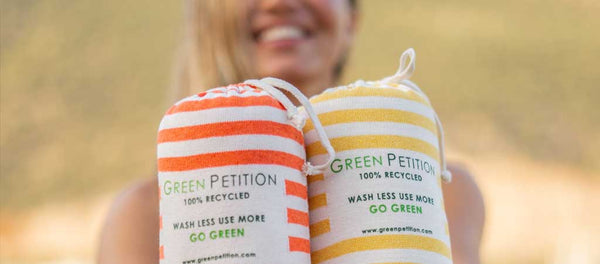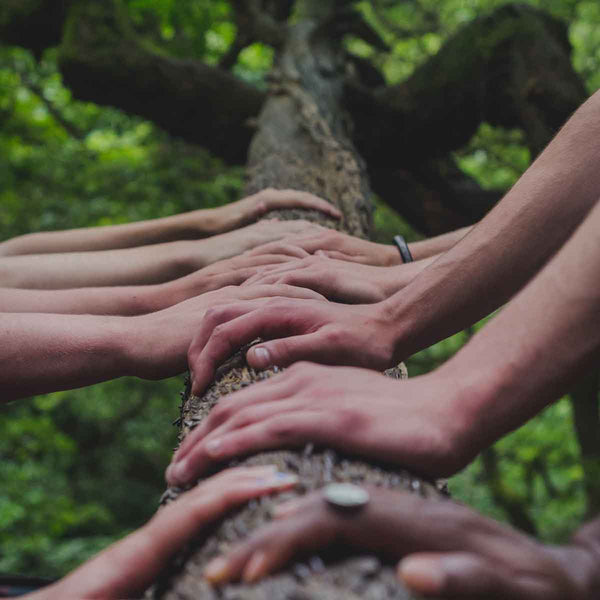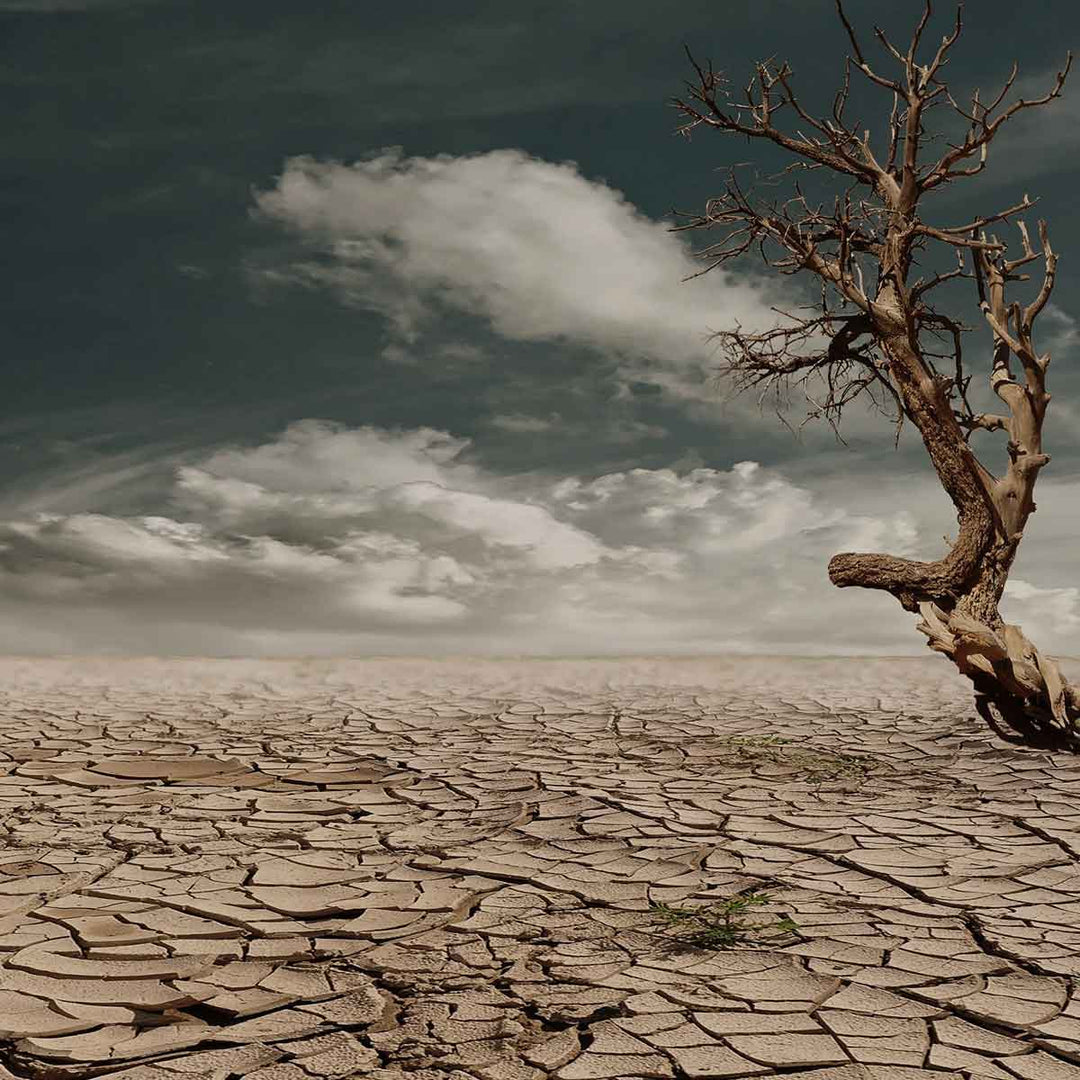What Is Sustainability?
Sustainability is a term that has been scrutinised, revised and adapted as the world has strived to move towards a more ecological way of living. Businesses and individuals have started to look towards the future and not just focus on the here and now, and this has introduced the idea of building a world where the actions and products within it do not negatively impact the future. To briefly clarify the term, the definition of sustainability refers to the ability to maintain and supply the needs of our generation without compromising the needs of future generations that will follow. Within this very broad scope, there are many different facets, purposes and goals that encompass a wider understanding of ecological awareness and purpose.
What Are The 3 Types Of Sustainability?
Many hear the term sustainability and they immediately associate the word with the environment, and while this is partially correct there are also other elements that comprise and make up this term. There are three different types of sustainability, each one interacting with and encompassing different sets of limits and goals. The three facets of this broad idea are economic, social and environmental sustainability and each one is just as important and necessary as the other. These three different kinds of sustainability work similar to a body, if each part is working well and functioning optimally, they are all able to thrive, but if one starts to crumble, the entire system is affected.
What Is The Purpose Of Sustainability?
The purpose of sustainability is to ensure that the life we are leading now and the things that are common features in our society do not negatively impact the future of our world. Sustainability is acknowledging that the things we do today impact tomorrow, so we need to be sure that what we are doing is not creating negative consequences, this refers to the economic, environmental and social facets of society. A sustainable synonym is maintainable, we need to be sure that the life we are living now is one that can be maintained over the next generation. To ensure that the purpose of this concept is met, there are a number of sustainable development goals that are outlined to ensure that our environmental, social and economic impacts are reduced.
Why Is Sustainability Important?
Regardless of who you are, what business you are in or where you live, sustainability is a concept that is important to each and every one of us. Without sustainability, our own futures and futures of the next generations could be in jeopardy and so it is becoming increasingly more important to take how we live, act and function in the world into consideration as the need for sustainable development becomes more necessary. To put it in clearer terms, sustainability is important because it is going to ensure that we live long and prosperous lives and that the children of the next generation will be afforded the same opportunity.

What Are Some Examples Of Sustainability?
Green Space
Green space refers to areas in cities and towns that have been set aside for parks, lakes, gardens and even sports fields. These areas are often filled with shrubbery and plant life, which has given them the name ‘Green Space’. Working areas that are filled with plant life and vegetation into the cities and towns that we live in will go a long way to ensuring that the life we lead is sustainable. Vegetation and plant life not only reduces the amount of carbon dioxide in the air but also cools temperatures in cities, reduces sound pollution and green spaces have actually been known to impact an area’s average life expectancy, with those who live in Greener cities living longer than those who do not.
Crop Rotation
Crop rotation refers to the process of planting different types of crops every harvest season. This ensures that the crops that are planted every season take different nutrients from the soil. Not abiding by crop rotation practices will lead to land becoming arid, as all of the nutrients are removed from the soil and the land slowly loses the ability to grow any sort of vegetation or crops.
Sustainable Design And Construction
Sustainable design and construction refer to the process of implementing ecological, cost-effective and social constructs into the design and creation of the different things around us. From the clothes that we wear to the houses that we build, ensuring that the design and construction of these different things are made to last and provide a sustainable future is incredibly important, even creating and using things like sustainable furniture can go a long way in preserving for the future.
Water Efficient Fixtures
Water is one of the most needed resources in the world and it is becoming increasingly more important that we use less than we have been using in the past. Water sustainability and using water-efficient fixtures can go a long way to saving both water and money. It is estimated that households that are using these kinds of fixtures are saving roughly 20 percent of their water and electricity bills, as well as saving a ton of water in the process. There are many different kinds of water-efficient fixtures, from water-efficient washing machines to nozzles that fit over taps and reduce the amount of water released.
Renewable Clean Energy
Using renewable energy sources is probably the biggest way that we as individuals and/or companies can live sustainably. It is estimated that using renewable and clean sources of electricity can emit around 90% fewer greenhouse gases, reducing the amount of pollution that is released in the air significantly. Greenhouse gas emissions and other forms of non-renewable energy sources are a large part of why our world is not creating a sustainable future and therefore renewable clean energy will have to become more prominent if we have any hope of creating a sustainable future.
Waste To Energy Recycling
Using the waste that we create and turning it into energy is a way that we can move towards creating a more sustainable future and society. By using our own waste to generate energy and power, there is less of a need for things like landfills. Landfills are designated dumping spots where millions of different items are dumped and discarded, taking up valuable land and space where trees could be planted, schools could be developed or anything else could be made that would positively impact the community.
Water Treatment
The water treatment process is a big contributor to sustainable development and water treatment is used to ensure that water is not wasted and can be reused. The water treatment process involves taking water from the environment, processing it by cleaning and removing all impurities, getting to the consumer and then returning the water back to start the process all over again. Water treatment is the perfect example of how reusing our resources can impact and prolong the life of our natural resources.
How Do You Show Sustainability?
The meaning of sustainability is to produce and use products in a way that does not negatively impact the future and living a sustainable life can go a long way to ensure that the future generations to come are blessed with the same opportunities and resources that we have today. This may involve changing your lifestyle and habitats to accommodate new norms and more sustainable practices. If everyone chooses to live in a more sustainable way and make better and more ecological choices, the impact could be amazing!
How Do You Live A Sustainable Life?
There are many different ways that we can slowly learn to live more sustainable lives. One of the easiest ways to live a more sustainable life is by ensuring that the products that you purchase have been manufactured from recycled materials. Whether it is the purchasing of sustainable gifts or buying clothing that has been produced through recycled textiles, there are a number of different ways to help reduce your negative impact and improve on how sustainably you love your life. There are many different kinds of sustainable products and sustainable materials.

How Can You Save The Earth?
Sustainability is a concept that everyone should come to know, understand and implement in their day to day lives. There are many different things that we can do to reduce our negative impact and ensure that we leave behind an earth that is able to sustain the next generations. The decisions we make today impact and influence the life we lead tomorrow, and this is something that should be remembered and maintained in everything we do. The following are just a few different things that we can each do to contribute towards creating a better and more sustainable tomorrow.
Reduce, Reuse, And Recycle.
By reducing your waste, reusing what you have and recycling the objects that you cannot reuse, you are helping to create a more sustainable tomorrow. One of the major mottos we abide by here at Green Petition is that we are dedicated to Reducing our waste, creating products that you can reuse and recycle what you cannot. This is why our products are only made from recycled textiles and bottles that have been shredded down and turned into yarn and then repurposed and redesigned into the beautiful and soft towels and peshtemals that we sell!
Conserve Water.
Water is slowly becoming a resource that is scarce and it should be protected at all costs. There are a number of ways that we can each individually help to reduce our water intake and they involve using less water and using water-saving products that can help to reduce the amount of water that is used in a home or business. Conserving water is extremely important, especially in arid countries where water scarcity is a frequent issue.
Choose Sustainable.
A way to help reduce your own negative impact is to make conscious choices around the brands and businesses that you support and always choose the products and items that have been made in a sustainable way. This may involve doing a bit of research into the different types of brands and industries that you are commonly using and buying from and making adjustments if you notice that many of the products that they are producing are made in an unsustainable manner. this could be with regards to the furniture you, the foods you eat and even the restaurant that you support.
Shop Wisely.
There are a variety of brands and businesses that are leading the way in creating and producing sustainable products. From sustainable clothing brands that are producing new and amazing sustainable fashion items to our own products here at the green petition that is made from only recycled materials. The towels and peshtemals are produced in a sustainable way and have a zero-waste policy that ensures that everything that we use is recycled, from the materials in our products to the water we use! By shopping wisely and supporting companies and brands that are using sustainable methods, you can be sure that you are reducing your negative impact and helping to convince large businesses and brands that they need to move in a more sustainable direction.
Use Long-Lasting Light Bulbs.
The simple act of replacing all of your normal light bulbs with long-lasting and energy-saving ones could be beneficial to the environment. Long-lasting bulbs ensure that they need to be changed less and therefore there is less waste created. This simple act not only helps to contribute towards saving the earth, but it also ensures that you save money and time, with fewer light bulbs needing to be replaced over a certain period of time.
Plant A Tree.
Just the simple act of contributing one tree could make a big difference in reducing your carbon footprint and helping to save the earth! Trees and other vegetation contribute to greener cities that produce less carbon dioxide and overall help to ensure a safer tomorrow!













